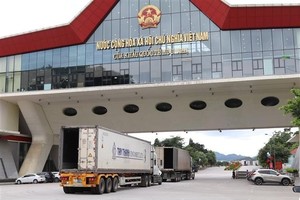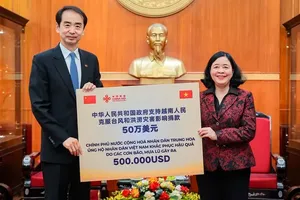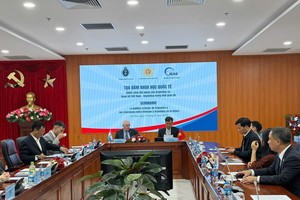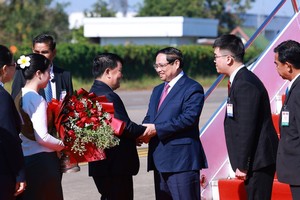
Friction between the two countries remains high and the bulk of imposed tariffs are unlikely to be lifted anytime soon, said Sian Fenner, Oxford Economics lead Asia economist.
The region has recorded sluggish performance in the third quarter of 2019, with its GDP growth rising only 4.5 percent year-on-year.
Export-oriented economies have suffered the worst blow from the ongoing trade conflict, with Singapore only narrowly avoiding a technical recession in the third quarter of 2019.
Due to the US-China trade war, trade uncertainty remains a key drag on manufacturing, exports and investment.
The report expects the Philippines, Malaysia and Indonesia to cut interest rates by a further 25 basis points over the coming quarters, followed by an extended pause with fiscal stimulus to complement central bank efforts in cushioning the economic slowdown.
That being said, not all countries enjoy the same ease in fiscal maneuvering. Most Southeast Asian economies such as Thailand and the Philippines are likely to roll out stronger fiscal impulses.
With sufficient fiscal surpluses, Singapore has the most fiscal room to ease policy. Given the high trade uncertainty, the city-state is likely to announce measures such as cash handouts and funding support for Small and Medium Enterprises (SMEs) in next year’s budget.
Malaysia will likely face a slowdown in GDP growth from 4.4 percent in 2019 to 4 percent in 2020, against a backdrop of slower export growth and moderating domestic demand.
Indonesia’s GDP growth is expected to ease modestly from 5 percent in 2019 to 4.9 percent in 2020, according to the report.
























